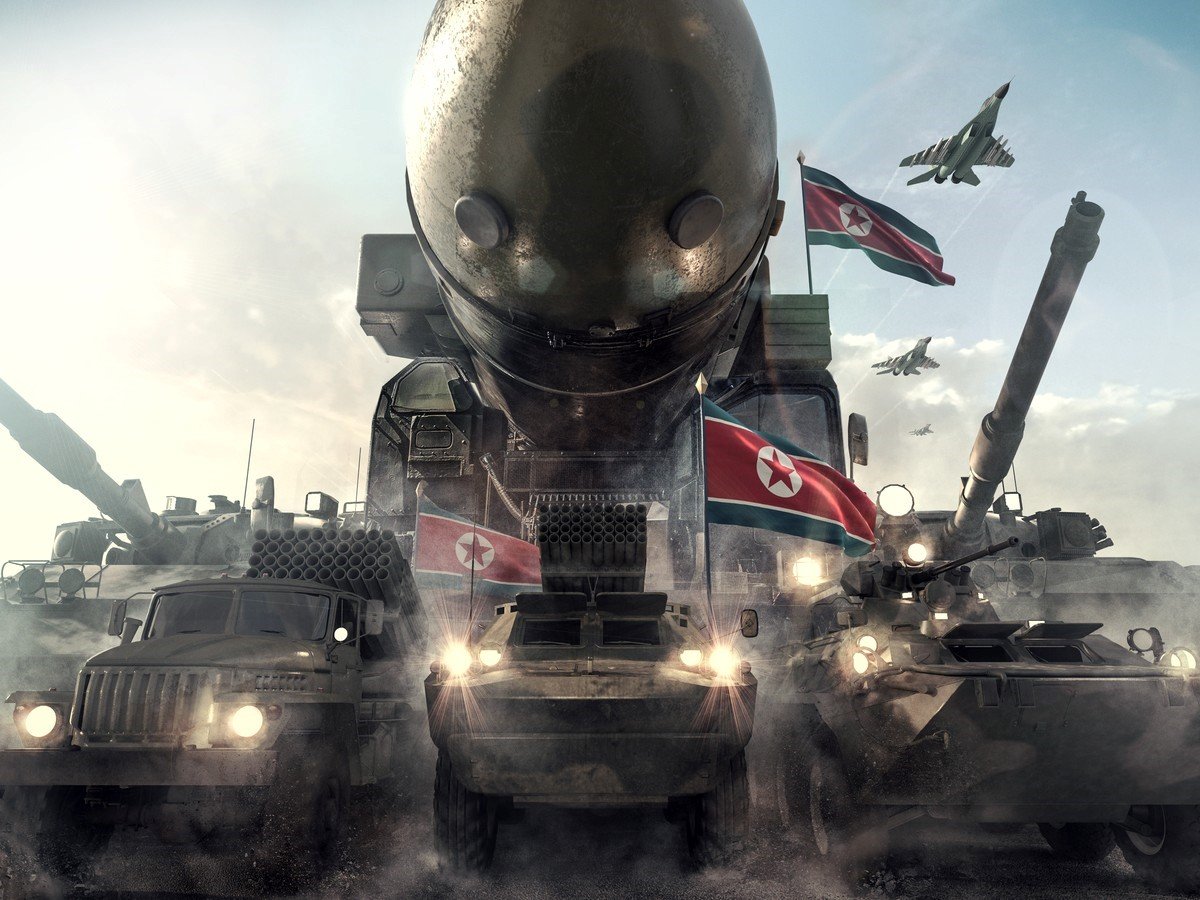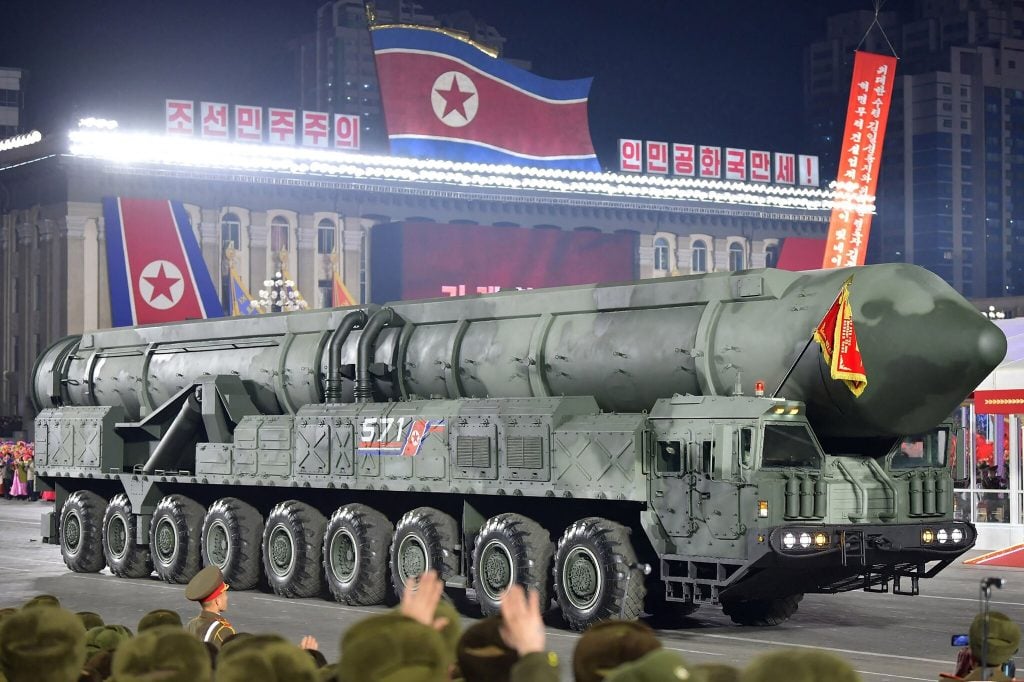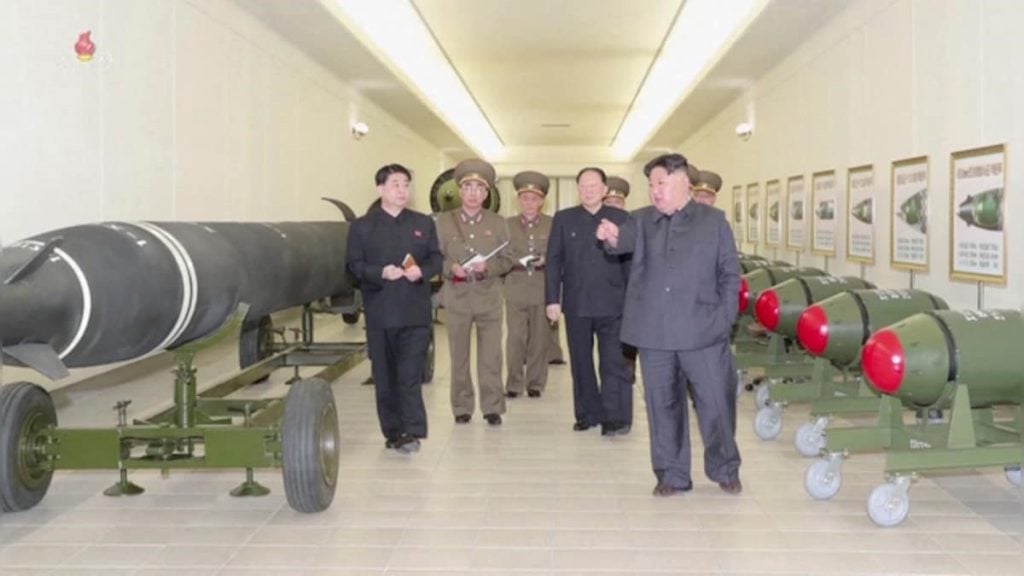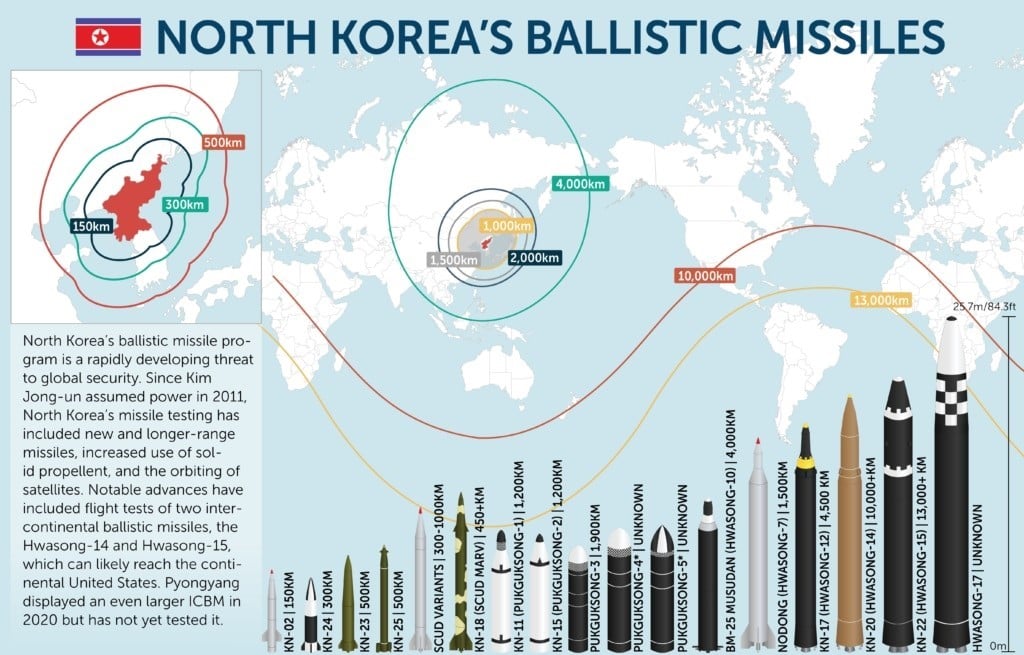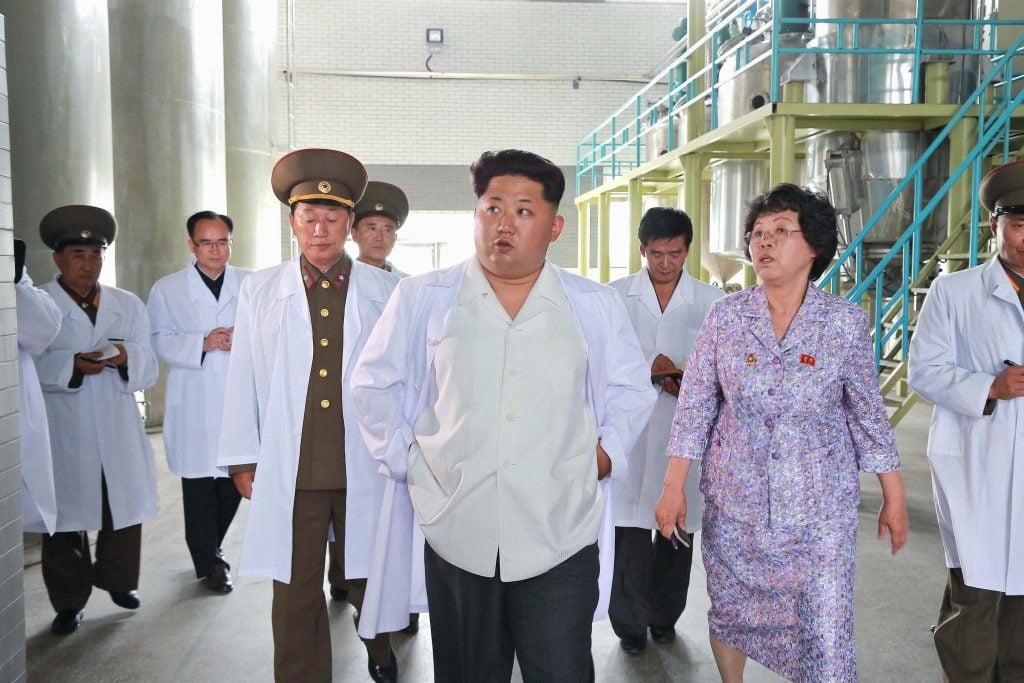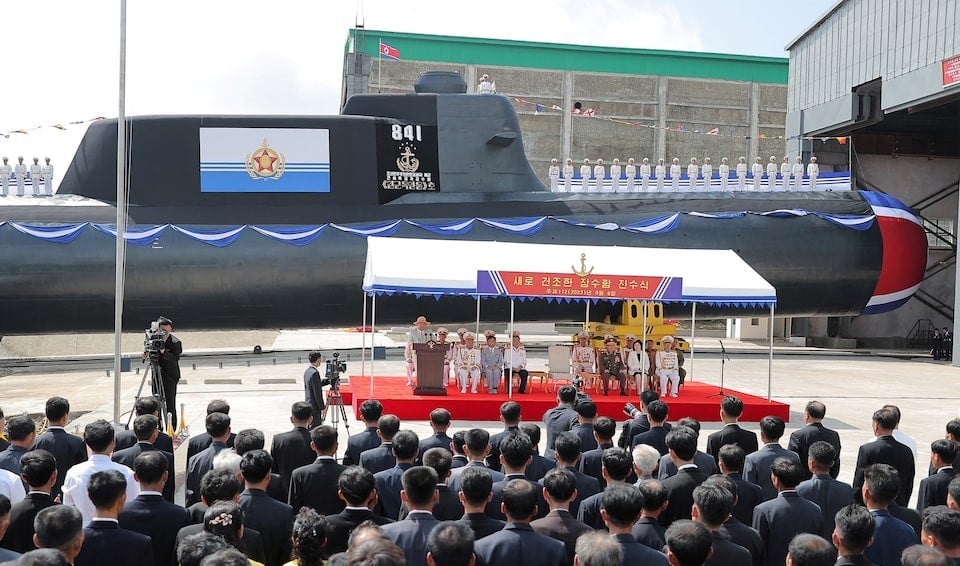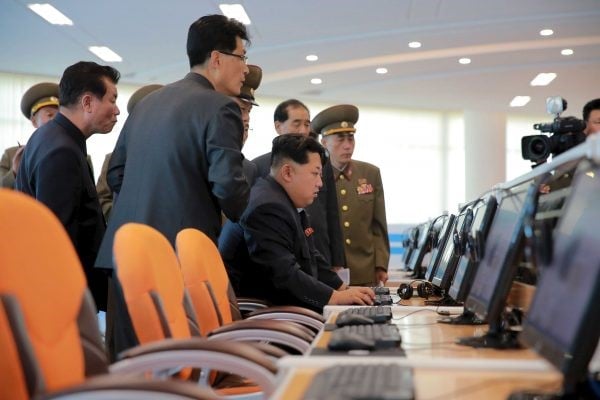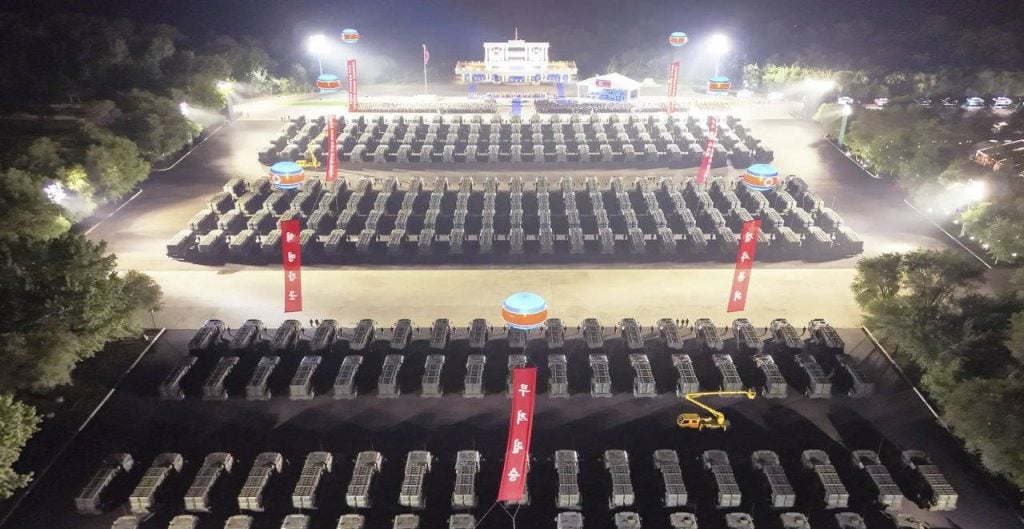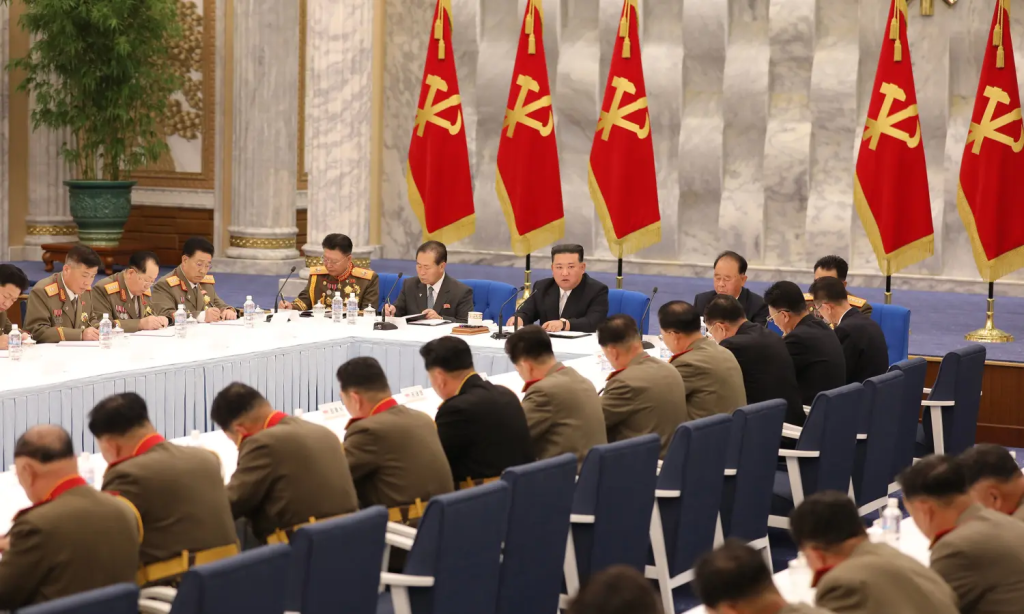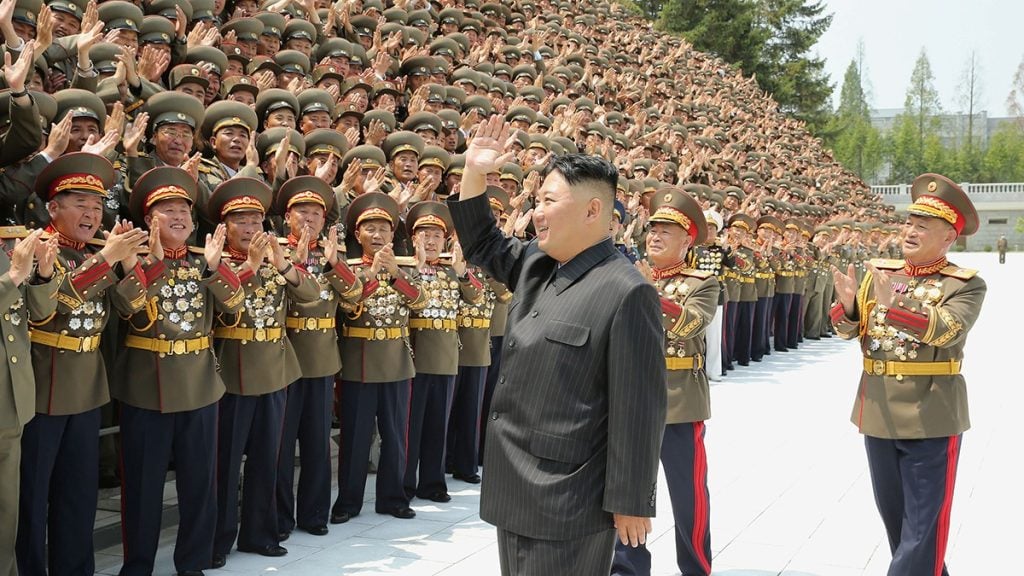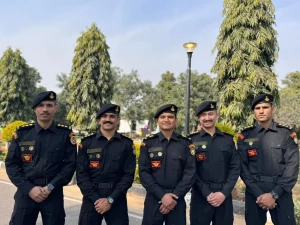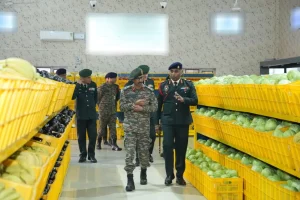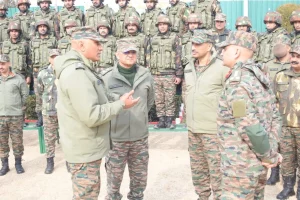North Korea has long been viewed as a grave security threat by the United States and its allies in Asia. With one of the world’s largest conventional military forces, a rapidly advancing nuclear program, and a penchant for provocative rhetoric and actions, the reclusive regime in Pyongyang continues to command global attention. Despite international sanctions and diplomatic efforts, North Korea has steadfastly pursued the development of a robust military arsenal, posing a complex challenge for regional and global powers. This article delves into the How Strong is North Korea’s Military Today.
10 Best Close Quarters Combat Weapons in the World 2024
North Korea’s Nuclear Arsenal
North Korea’s nuclear program has been a source of immense concern for the international community. Analysts estimate that the regime could possess the material for more than one hundred nuclear weapons, with the capability to develop and test increasingly powerful devices. Since its first nuclear test in 2006, North Korea has conducted a series of successful trials, showcasing its progress in miniaturizing warheads and advancing its ballistic missile technology.
Rapid Advancements in Nuclear Capabilities
Under the leadership of Kim Jong-un, North Korea’s nuclear program has accelerated at an unprecedented pace. The regime has conducted six nuclear tests, with each explosion demonstrating a significant increase in yield and power. The most recent test, carried out in September 2017, is believed to have exceeded 200 kilotons of TNT, indicating the development of a powerful hydrogen bomb. This technological breakthrough, coupled with the regime’s successful testing of intercontinental ballistic missiles (ICBMs) capable of reaching the United States, has further heightened global anxiety about North Korea’s nuclear ambitions.
Stockpiling Fissile Material
North Korea’s nuclear arsenal is fueled by its ability to produce fissile material, the core component of nuclear weapons. U.S. intelligence officials estimate that the regime has enough fissile material for up to 60 nuclear weapons, with the capacity to produce enough for 12 additional weapons each year. This alarming rate of production suggests that North Korea could amass a stockpile of over 100 nuclear warheads by the end of the decade, further solidifying its position as a formidable nuclear power.
Ballistic Missile Capabilities
North Korea’s military prowess extends beyond its nuclear program, with the regime boasting an extensive arsenal of ballistic missiles capable of striking targets across the region and potentially reaching the United States. The regime has conducted more than 100 missile tests, showcasing its ability to develop and deploy a wide range of short-, medium-, intermediate-, and intercontinental-range missiles.
Successful ICBM Tests
The successful tests of the Hwasong-14 and Hwasong-15 ICBMs in 2017 marked a significant milestone for North Korea, demonstrating its capacity to threaten the U.S. mainland with nuclear-armed missiles. These powerful weapons, with estimated ranges of up to 13,000 kilometers, have further escalated concerns about the regime’s military ambitions and the potential for a catastrophic conflict.
Diversifying Missile Capabilities
In addition to its ICBM program, North Korea has also developed a range of other ballistic missiles, including submarine-launched and solid-fueled variants. The unveiling of new, larger ICBM models, such as the one showcased in a 2020 military parade, suggests that the regime is continuously innovating and expanding its missile arsenal to enhance its deterrence and strike capabilities.
Chemical and Biological Weapons
North Korea’s military capabilities extend beyond its nuclear and ballistic missile programs. The regime is also believed to possess a substantial stockpile of chemical and biological weapons, further adding to its formidable arsenal.
Chemical Weapons Capabilities
Estimates suggest that North Korea has amassed between 2,500 and 5,000 tons of chemical agents, including nerve agents, blister agents, and choking agents. The regime is capable of delivering these deadly toxins through a variety of conventional means, including shells, rockets, and missiles, posing a significant threat to its neighbors and the broader region.
Biological Weapons Potential
North Korea’s biological weapons capabilities are less well-documented, but the regime is suspected of having the ability to produce and weaponize pathogens such as anthrax, smallpox, and plague. While the extent of its biological weapons program remains unclear, the mere possibility of such a capability adds to the complex and multifaceted nature of the North Korean military threat.
Conventional Military Might
North Korea’s conventional military capabilities are equally impressive, with the regime boasting the world’s fourth-largest armed forces. This massive military machine, comprising over 1.2 million active personnel and an additional 600,000 reserve soldiers, is a testament to the regime’s commitment to military supremacy.
Extensive Conventional Arsenal
North Korea’s conventional military arsenal includes a vast array of weaponry, including combat aircraft, helicopters, warships, submarines, tanks, armored vehicles, and multiple-rocket launchers. This diverse and well-equipped force is strategically deployed along the border with South Korea, posing a constant threat to its neighbor and a significant deterrent against potential attacks.
Disproportionate Military Spending
Despite its economic challenges, North Korea dedicates a substantial portion of its GDP, estimated at around 25%, to military expenditures. This disproportionate allocation of resources underscores the regime’s unwavering focus on building and maintaining a formidable conventional military capability, even at the expense of the well-being of its citizens.
Top 20 Secret Military Bases You’ve Never Heard Of
Cyber Warfare Capabilities
In addition to its conventional and nuclear might, North Korea has also emerged as a significant player in the realm of cyber warfare. The regime has invested heavily in developing its cyber capabilities, leveraging sophisticated tools and techniques to target a wide range of institutions around the world.
Sophisticated Cyber Attacks
North Korean hackers have demonstrated their ability to infiltrate military, government, and intelligence networks, as well as critical infrastructure systems. High-profile cyber attacks, such as the 2014 Sony Pictures hack and the 2017 WannaCry ransomware attack, have been attributed to North Korean-linked groups, showcasing the regime’s growing prowess in the digital domain.
Cybercrime as a Revenue Source
North Korea’s cyber operations have also evolved to include cybercrime as a means of generating revenue for the regime. Hackers affiliated with the regime have targeted financial organizations and cryptocurrency exchanges, stealing billions of dollars to fund the country’s military and weapons programs.
Drivers of North Korea’s Military Buildup
The driving forces behind North Korea’s relentless military expansion can be traced to the regime’s guiding philosophical principles of juche (self-reliance) and songun (military-first politics). The regime’s leadership believes that the country’s survival is contingent upon the development of asymmetric military capabilities to deter perceived external threats, primarily from the United States and its allies.
Regime Consolidation and Domestic Legitimacy
As North Korea’s economy struggles and the regime’s ability to deliver on economic promises falters, Kim Jong-un has sought to consolidate his power and bolster domestic legitimacy by demonstrating the country’s military might. The nuclear program and other military advancements serve as a means to project strength, both internally and externally, as the regime works to maintain its grip on power.
Deterrence and Bargaining Chip
North Korea’s pursuit of advanced military capabilities, particularly its nuclear and missile programs, is also driven by a desire to deter potential attacks and maintain a strong bargaining position in negotiations. The regime views its nuclear arsenal as a crucial deterrent against foreign intervention and a valuable negotiating tool to extract concessions from the international community.
International Response and Sanctions
The international community has responded to North Korea’s military provocations with a series of punitive measures, including economic sanctions imposed by the United Nations Security Council. These sanctions have aimed to curb the regime’s access to materials, technology, and financial resources that could be used to further develop its nuclear and missile programs.
Limitations of Sanctions
However, the effectiveness of these sanctions has been limited, as North Korea has developed sophisticated methods to circumvent the restrictions, including the establishment of covert procurement networks and the illicit sale of nuclear technology and materials to other countries. The regime’s commitment to its military ambitions has proven to be unwavering, with each round of sanctions seemingly emboldening its determination to continue its nuclear and missile development.
Implications and Future Outlook
North Korea’s military capabilities, particularly its nuclear and missile programs, pose a complex and multifaceted challenge for the international community. The regime’s continued advancements in these areas, coupled with its aggressive rhetoric and brinkmanship, have heightened the risk of a catastrophic conflict in the region.
Deterrence and Containment Strategies
As North Korea’s military might grows, the international community faces the daunting task of developing effective deterrence and containment strategies to mitigate the threat. This may involve a combination of diplomatic efforts, economic pressure, and the enhancement of regional security architecture, all while navigating the delicate balance between confrontation and engagement.
Implications for Regional Stability
The ramifications of North Korea’s military buildup extend beyond the immediate security concerns, as it has the potential to destabilize the broader Asia-Pacific region. The regime’s actions could trigger an arms race and heighten tensions among regional powers, further complicating the geopolitical landscape and increasing the risk of miscalculation and unintended escalation.
12 Key Organizations in the Indian Ocean Region
Conclusion
North Korea’s military capabilities, encompassing its nuclear arsenal, ballistic missile program, chemical and biological weapons, and conventional forces, have evolved into a formidable challenge for the international community. The regime’s unwavering pursuit of military supremacy, driven by its guiding principles and the desire for regime survival, has placed the Korean Peninsula and the broader region on a precarious footing.
As the world grapples with this complex and multifaceted threat, the need for a comprehensive and coordinated response has never been more pressing. Navigating the delicate balance between deterrence, diplomacy, and engagement will be crucial in mitigating the risks posed by North Korea’s military might and charting a path towards lasting peace and stability in the region.
FAQs
1. How powerful is North Korea’s military?
North Korea boasts the largest special forces and submarine fleet globally. Its equipment comprises a blend of World War II-era vehicles and small arms, widely spread Cold War technology, and a combination of more recent Soviet or domestically produced weaponry.
2. How advanced are North Korean weapons?
As of January 2024, it is estimated that North Korea has assembled around 50 nuclear warheads and possesses enough fissile material for approximately 70-90 nuclear weapons. The country also has advanced chemical and biological weapons programs. In recent years, Pyongyang has significantly increased its ballistic missile testing activities.
3. How big of a threat is North Korea?
As North Korea’s influence expands, its military threat has also intensified. U.S. national security officials have grown increasingly concerned as North Korea advances its nuclear weapons technology. Last year, its military deployed a nuclear-capable submarine, further enhancing its ability to conduct retaliatory strikes.
4. Is the North Korean Navy strong?
As North Korea’s influence expands, its military threat has also intensified. U.S. national security officials have grown increasingly concerned as North Korea advances its nuclear weapons technology. Last year, its military deployed a nuclear-capable submarine, further enhancing its ability to conduct retaliatory strikes.
5. Does North Korea use AK 47?
The Type 58 is an assault rifle developed in North Korea, based on the Soviet AK-47 designed by Mikhail Kalashnikov. It was one of the first weapons produced in North Korea, alongside the PPSh-41, which was manufactured under license as the Type 49.
